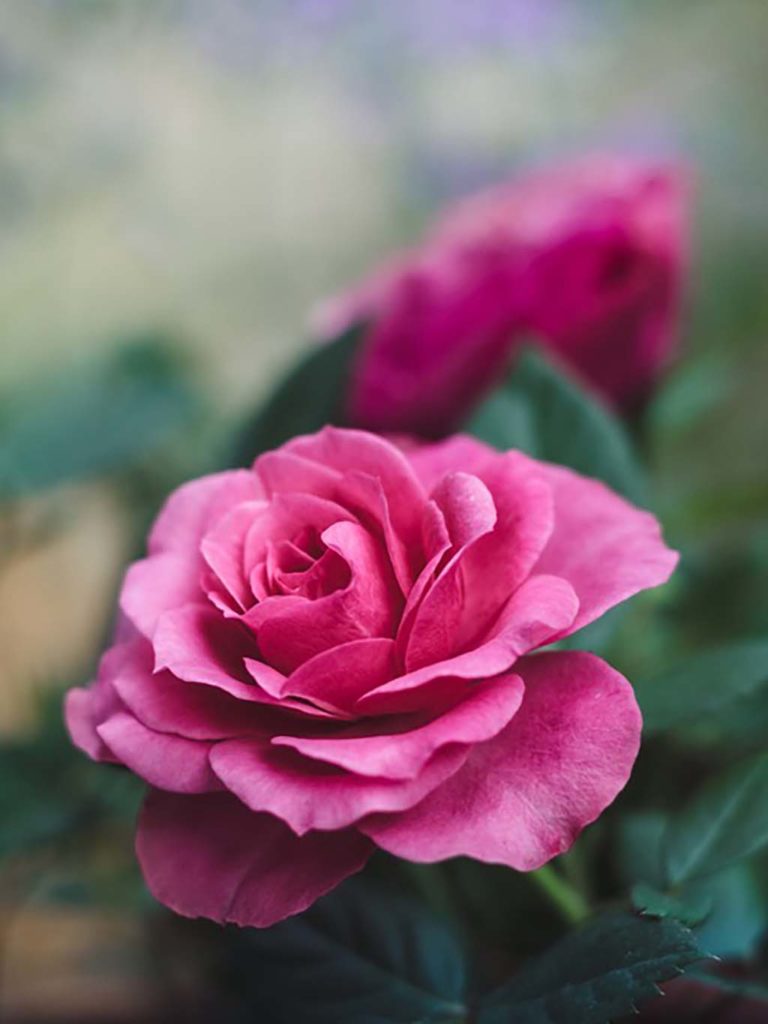
Luxembourg
Rose
Rosa

General Description / Cultural Significance
Neighbored by Belgium, France, and Germany, Luxembourg is a small country of forested highlands, deep river valleys, and fertile pasturelands. The Rose, Rosa, is the most significant scent to Luxembourg, known as “Ville des Roses,” the City of Roses. It is the country’s national flower, cultivated in world renowned gardens across the city. During the 1900s, Luxembourg exported millions of Roses internationally with an emphasis on prestigious and royal clientele. The First World War put an end to this momentary golden age of the Luxembourg Rose, but the cultural importance of the flower has since been revived with the formation of new community-led Rose gardens that promote Luxembourg’s Rose-growing tradition. These groups train Luxembourgers in the art of Rose pruning, give tours of famous Rose beds, and provide workshops which teach the culinary uses of Roses in cooking. In Luxembourg and throughout the world of fine-dining, Rosa petals are included in food for their fresh and sweet aroma, floral flavoring, and visual appeal. Between Rose water, preserves, syrups, and infusions, there is no shortage of forms the Rose has taken on our plates.
The plant’s petals are cherished not only for their beauty and fragrance, but also for their nutritional value, being high in potassium, magnesium, calcium, and iron. Since antiquity, the Rose has been used for its many properties as a medical plant. Today, scientific studies have reported on the Rose’s anti-cancer, anti-bacterial, and anti-microbial activities, along with many more beneficial qualities. Rosehips, the small, edible seeds of Rosa, also provide many nutrients. They are particularly high in Vitamin C, B, and E. Rich in antioxidants, Rosehips get their color from carotenoid pigment which contains lycopene and beta carotene that supports skin and eye health. Luxembourg’s community groups continue to share this knowledge of the Rose with local cooks, farmers, and ordinary people alike, keeping the spirit of Luxembourg and the Rose’s rich, historical relationship alive.
Climate Change / Conservation Status
In recent decades, Luxembourg has experienced a rise in average air temperature, especially during the winter season which sees less and less frost each year. The annual mean temperature of Luxembourg is now officially above the 30-year average for the last century. Luxembourg has stated that this change in annual mean temperatures is having an impact on the life cycles of local plants as well as birds and insects.
The pollinators of Luxembourg– bees, hoverflies, and butterflies– have suffered immensely due to parasites, urbanization, agricultural practices, pollution, and climate change in the country and surrounding countries. Between 68 and 88 percent of bumblebee species have declined in abundance and range over the last century in Luxembourg. Rosa depends on both bees and butterflies for pollination. Therefore, not only does the flora and fauna of Luxembourg suffer, but as climate change intensifies, the Luxembourg farmers could face a devastating loss, both culturally and financially.
International Rose production has been a consistent source of CO2 emissions. In fact, sending around 100 million Roses to the United States for a typical Valentine’s Day emits 9,000 metric tons of CO2. Ecofriendly growers encourage those seeking to gift a beautiful bouquet of Roses to look towards local farms, flower shops, and herbalists to purchase Roses in a more sustainable manner.
Alternate Names
Japanese Rose
Sources
Andrews, A.J., 2020. How to Pollinate Roses. Home Guides. [website]
Climate-ADAPT, 2017. Climate Change In Luxemburg. European Environment Agency. [website]
Luxembourg.lu, 2021. Luxembourg’s Rose-Growing Heritage. Luxembourg: Make it Happen. [website]
Davidson, K., 2019. Rose hips: Benefits, forms, uses, and side effects. Healthline. [website]
Great British Chefs, 2021. How to cook with rose petals. Great British Chefs. [website]
Permanent Mission of Luxembourg to the United Nations. This statement can be found on the World Sensorium original website.
Peterson, F., 2021. La vie en rose. Luxembourg Times. [website]
Renaut, J. & Hoffman, L., 2018. Close monitoring of pollinators in Luxembourg. Luxembourg Institute of Science and Technology. [website]
Vijayanchali, S. S., 2017. Nutrient, Phytonutrient and Antioxidant Activity of the Dried Rose Petals. Journal of Research, Extension and Development, 6(2).
WhatsAnswer, 2018. What is the National Flower of Luxembourg? WhatsAnswer. [website]
Whelan, C., 2009. Blooms away: The real price of flowers. Scientific American. [website]

